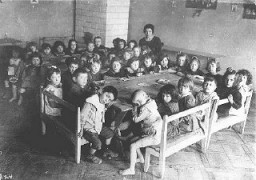You searched for: world war I
<< Previous | Displaying results 211-220 of 533 for "world war I" | Next >>
-
Arnold Zweig
ArticleArnold Zweig was a German novelist and playwright. The Nazis denounced him as a pacifist, and his works were burned in 1933. Learn more.
-
John Dos Passos
ArticleJohn Dos Passos was an American author who served in World War I. During the Nazi book burnings of 1933, his works were burned for their leftist leanings.
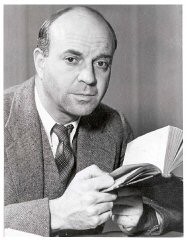
-
Jakob Wassermann
ArticleJakob Wassermann was a popular German Jewish author. After the Nazi rise to power, he was forced to leave Germany. His works were burned in May 1933. Learn more.
-
Nazi Book Burnings: Recurring Symbol
ArticleBook burnings and bans were not exclusive to—and did not end with—the Nazi regime. Learn more about the symbolism of book burnings.
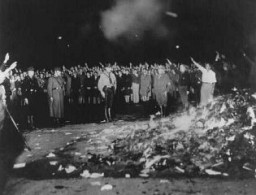
-
Danzig
Media EssayFollowing World War I, the Treaty of Versailles (1918) declared Danzig to be a free city administered by Poland and the League of Nations. Germany resented the loss of this largely German city. After invading Poland in September 1939, Nazi Germany annexed Danzig.

-
Insignia of the 2nd Infantry Division
PhotoInsignia of the 2nd Infantry Division. The nickname of the 2nd Infantry Division, "Indianhead," was derived from its World War I insignia. This insignia was developed from an emblem a truck driver in the division had painted on his truck.

-
Insignia of the 4th Infantry Division
PhotoInsignia of the 4th Infantry Division. The 4th Infantry Division's nickname, the "Ivy" division, is derived from the divisional insignia developed during World War I: four ivy leaves on a diamond field, symbolizing the roman numeral "IV."

-
Insignia of the 26th Infantry Division
PhotoInsignia of the 26th Infantry Division. The 26th Infantry Division, the "Yankee" division, was so nicknamed to recognize the six New England states from whose National Guard units the division was raised during World War I.
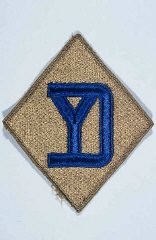
-
Insignia of the 82nd Airborne Division
PhotoInsignia of the 82nd Airborne Division. The nickname for the 82nd Airborne Division originated in World War I, signifying the "All American" composition of its members. The troops who formed the division came from diverse areas of the United States.
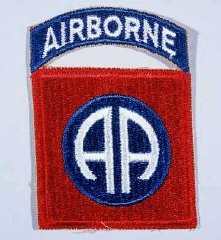
-
School established by the Joint Distribution Committee
PhotoOne of the many Jewish schools established by the Joint Distribution Committee in central and eastern Europe for children who had lost their parents during World War I. Rovno, Poland, after 1920.
